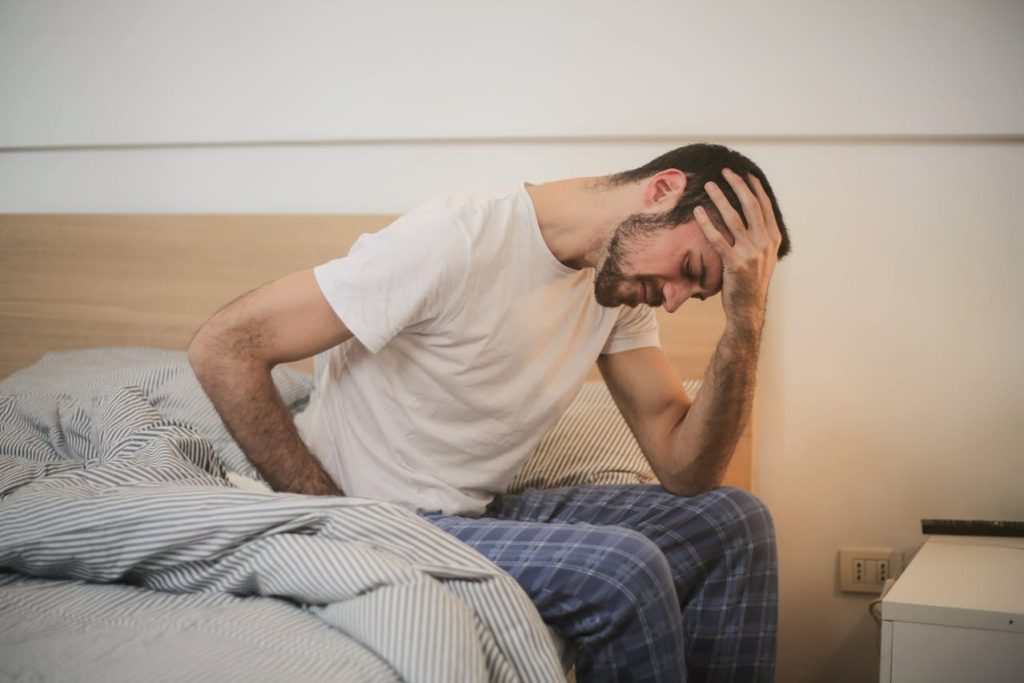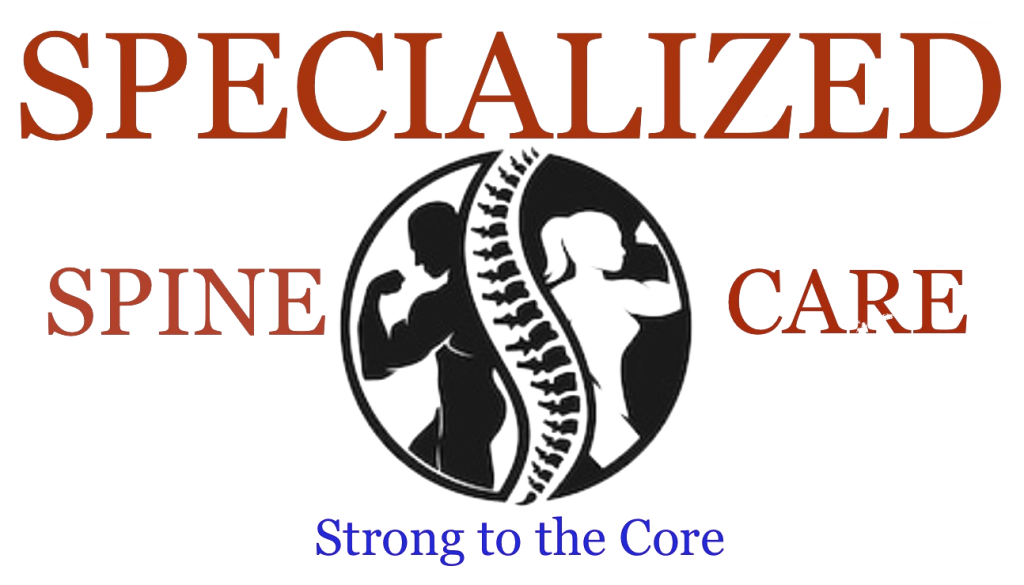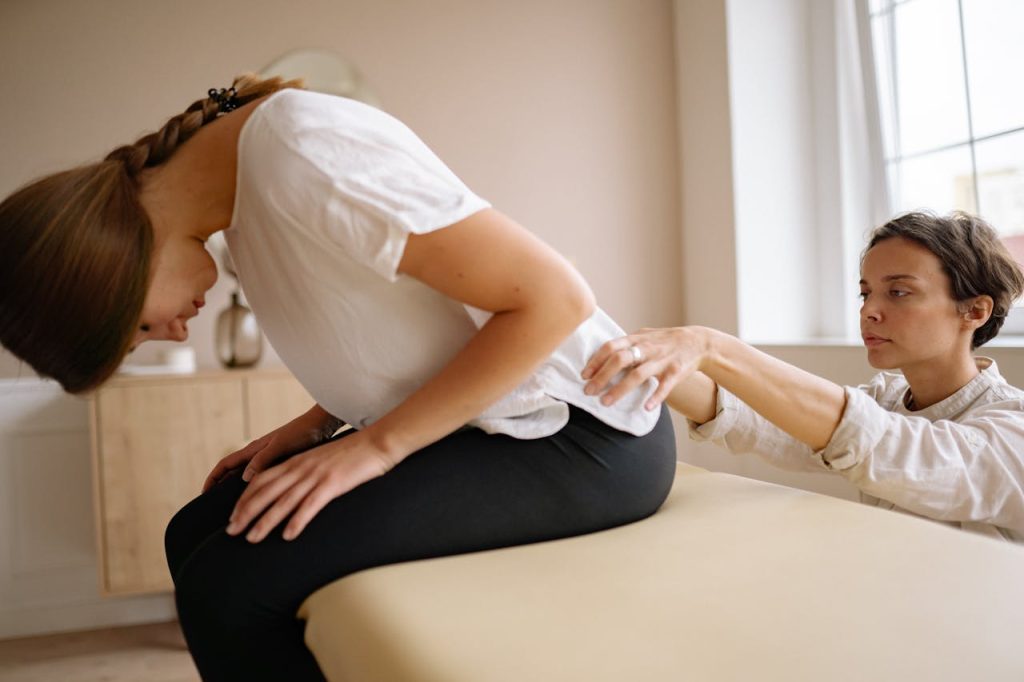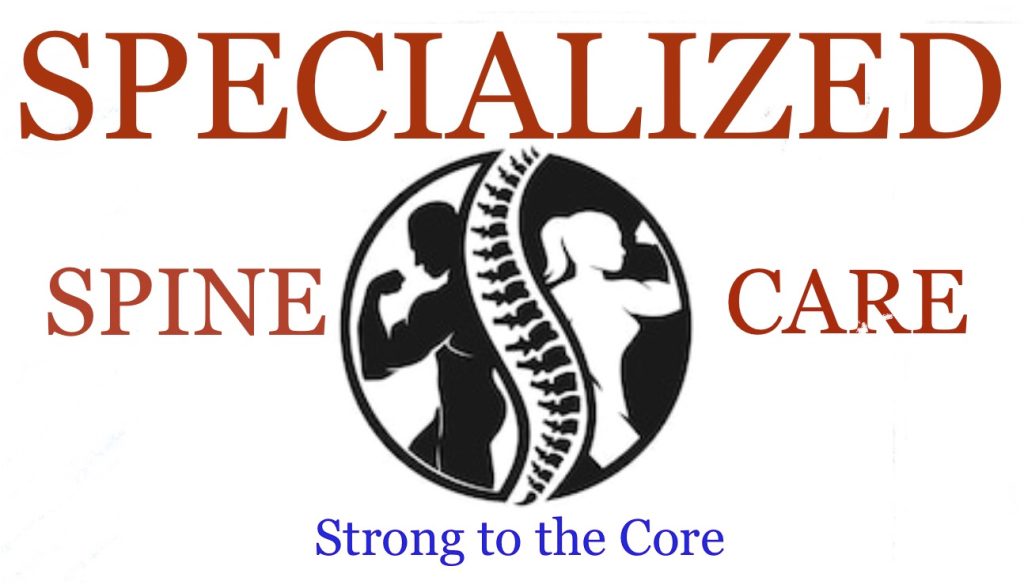Lower back pain is one of the most common health problems in the world. It can start after a sudden strain, an accident, or months of poor posture and inactivity. Whether your pain is mild or severe, physical therapy is one of the most effective and natural ways to find relief. It helps reduce pain, restore movement, and prevent future flare-ups without depending too heavily on medication.
If you have been referred to physical therapy or are considering it for the first time, knowing what to expect can help you feel more confident about the process. Here’s a clear look at what usually happens during treatment for lower back pain.
What Happens During Physical Treatment for Lower Back Pain
The First Appointment: Evaluation and Discussion
Your first visit is all about understanding your condition. The physical therapist will start by asking questions about your symptoms—when the pain began, what makes it worse or better, and how it affects your daily life. They may also ask about your medical history, previous injuries, surgeries, or any activities that could be contributing to the pain.
Next, you’ll go through a physical examination. This often includes checking your posture, flexibility, strength, balance, and how you move. The therapist might have you bend, twist, or lift your legs to see how your spine and muscles respond.
The goal of this first session is to find the root cause of the pain, not just to treat the symptoms. For example, your pain might be coming from tight muscles, weak core strength, poor body mechanics, or a problem with your spinal alignment.
After the evaluation, the therapist will discuss a treatment plan with you. This plan is personalized to your condition, fitness level, and lifestyle. It will include exercises, stretches, and sometimes additional treatments to ease pain and improve mobility.
Early Sessions: Relieving Pain and Reducing Inflammation
In the beginning, the main goal is to make you more comfortable. The therapist will use gentle techniques to reduce pain and stiffness before moving on to strengthening exercises.
Common methods include:
- Heat or cold therapy: Applying heat relaxes muscles and improves blood flow, while cold packs reduce inflammation and swelling.
- Electrical stimulation (TENS): Small electrical currents can help block pain signals and promote muscle relaxation.
- Ultrasound therapy: Deep heat created by sound waves can reduce muscle spasms and promote healing.
- Manual therapy: The therapist may use their hands to massage, mobilize joints, or stretch tight tissues to restore movement.
These treatments help your body relax and prepare for more active rehabilitation in later sessions.
The Exercise Phase: Building Strength and Flexibility
Once your pain is more manageable, the focus shifts toward long-term recovery. Exercise is the core of physical therapy for lower back pain because it strengthens the muscles that support your spine and improves your overall mobility.
You’ll learn targeted exercises that address your specific weaknesses. Some of the most common include:
- Core stabilization exercises: Strengthening the abdominal and back muscles helps take pressure off the spine.
- Stretching routines: Gentle stretches improve flexibility in the hips, hamstrings, and lower back.
- Posture training: You’ll learn how to sit, stand, and move in ways that protect your back from strain.
- Functional training: These exercises mimic everyday activities, such as bending or lifting, to help you move safely in real life.
The therapist will guide you carefully through each movement to ensure you’re doing them correctly. Incorrect form can cause more harm than good, so attention to detail is key.
As you progress, your exercises will become slightly more challenging. The goal is not just to recover from your current pain but to strengthen your body so that the problem doesn’t return.

Education: Learning to Protect Your Back
A good physical therapist won’t just treat you—they’ll teach you how to care for your back on your own. You’ll learn about body mechanics, proper lifting techniques, and ways to adjust your posture during work, driving, or sleep.
You might also receive advice about your workstation setup if you have a desk job, including the right chair height and monitor position. If your pain is linked to lifestyle factors such as poor fitness or weight gain, your therapist may guide you on exercise routines or healthy habits outside the clinic.
This educational aspect is one of the biggest benefits of physical therapy. It empowers you to take control of your health rather than depending solely on outside treatments.
Progress and Recovery Timeline
Every person heals at a different pace, depending on the severity of the pain and the cause behind it. Some people start noticing improvement after just a few sessions, while others may need several weeks or months of therapy.
Consistency plays a major role in recovery. Attending your sessions regularly and following the home exercise plan are essential. Skipping stretches or exercises can slow progress, while staying consistent can speed up healing and build lasting strength.
Your therapist will monitor your progress at each session, adjusting your program as your pain level and mobility improve.
The End Goal: Living Without Back Pain
The ultimate goal of physical therapy isn’t just temporary relief—it’s helping you return to normal life without constant worry about your back. By the end of your treatment plan, you should feel stronger, more flexible, and more aware of how to move safely.
Many patients continue doing the exercises they learned in therapy long after treatment ends. This ongoing practice helps maintain a healthy spine and prevents future episodes of pain. Read about Disc Syndromes and Sciatica
Final Thoughts
Physical therapy for lower back pain is a gradual, hands-on process that focuses on healing the root cause of discomfort. You can expect personal attention, guided exercises, and practical education that help you understand and care for your back better.
Most importantly, it gives you the confidence to move again—without fear of pain.
If you’ve been struggling with lower back pain, don’t wait for it to worsen. Schedule an evaluation with a licensed physical therapist, Like specialized spine care .The sooner you start, the sooner you can get back to doing the things you enjoy, pain-free.


